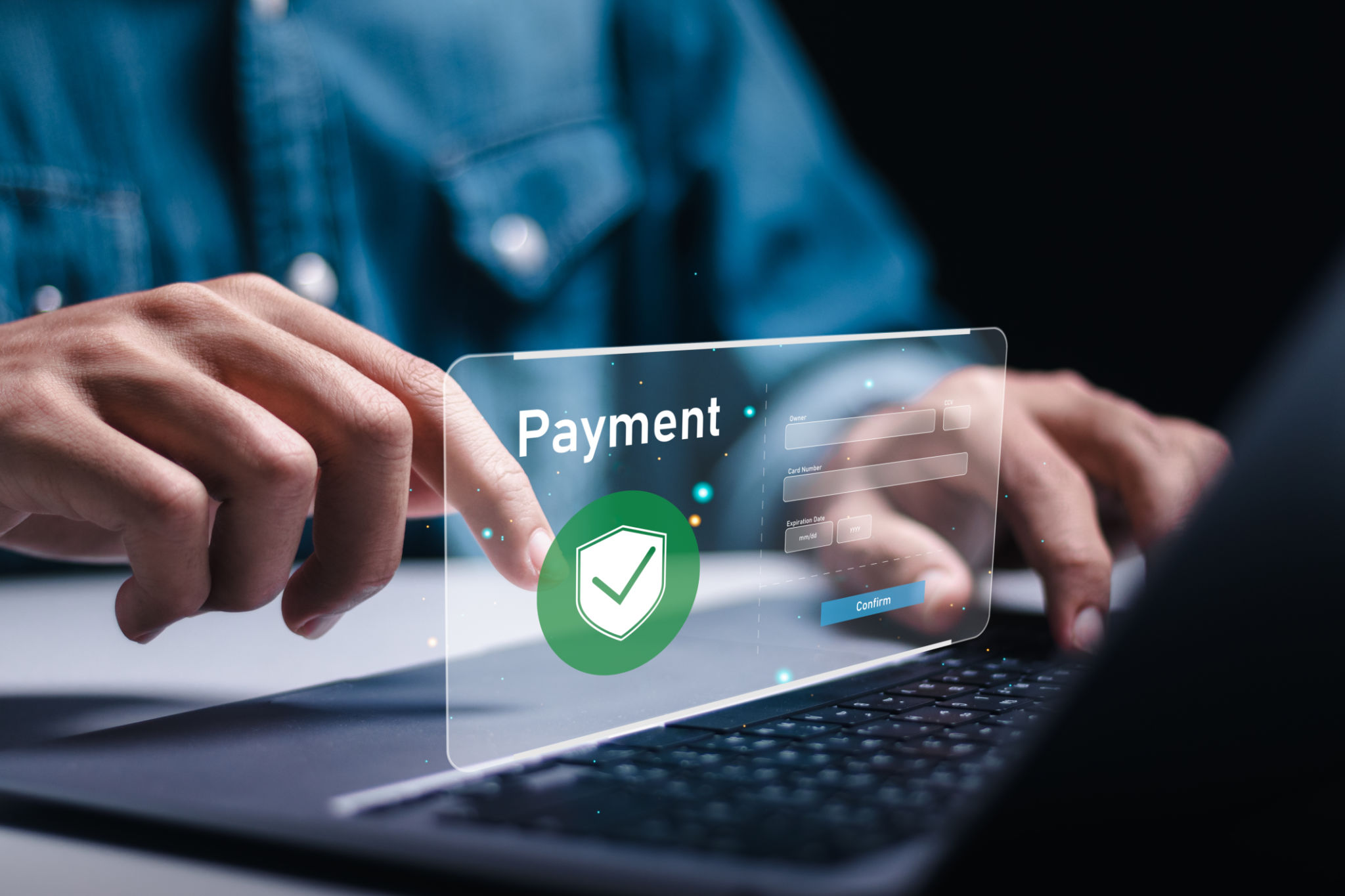Top Payment Processing Trends and Innovations You Need to Know
The Rise of Contactless Payments
In recent years, contactless payments have surged in popularity, driven by the demand for faster and more convenient transactions. The use of Near Field Communication (NFC) technology has enabled consumers to make payments with just a tap of their card or smartphone. This trend is not only enhancing user experience but also promoting hygiene, a concern heightened by the global pandemic.

Businesses are rapidly adopting contactless payment systems to stay competitive and cater to the evolving preferences of their customers. As this trend continues to grow, we can expect further innovations in this space, making transactions even more seamless and secure.
Cryptocurrency Integration
Cryptocurrencies are no longer just a speculative asset; they are becoming a legitimate form of payment. More businesses are beginning to accept Bitcoin, Ethereum, and other digital currencies, driven by consumer demand and the desire for diversification.

Integrating cryptocurrency into payment systems can offer several benefits, such as lower transaction fees and access to a broader customer base. As blockchain technology continues to mature, we will likely see even more widespread adoption of cryptocurrencies in everyday transactions.
Enhanced Security Measures
With the growth of digital transactions comes the increased need for robust security measures. Payment processors are investing heavily in technologies like tokenization and biometric authentication to protect sensitive customer data.
Tokenization replaces sensitive information with unique identifiers, reducing the risk of data breaches. Meanwhile, biometric authentication—such as fingerprint and facial recognition—adds an extra layer of security, ensuring that only authorized users can complete transactions.

The Growth of Buy Now, Pay Later (BNPL)
The Buy Now, Pay Later model has gained traction as a popular alternative to traditional credit. BNPL allows consumers to make purchases and pay for them in installments over time, often without interest. This model appeals to younger consumers who prefer flexibility and minimal financial commitments.
Retailers are embracing BNPL services to increase conversion rates and attract more customers. As this trend continues, we can expect more innovations in financing options that align with consumer preferences.
Artificial Intelligence and Machine Learning
Artificial intelligence (AI) and machine learning (ML) are revolutionizing the payment processing industry by enhancing fraud detection and improving customer service. AI algorithms analyze vast amounts of data to identify suspicious activities and prevent fraudulent transactions before they occur.

Moreover, AI-powered chatbots are being used to streamline customer inquiries, providing quick responses and resolutions. As these technologies advance, they will continue to play a crucial role in optimizing the payment processing landscape.
The Role of Open Banking
Open banking is transforming the way financial data is shared and used. By allowing third-party developers access to banking data through APIs, open banking fosters innovation in payment solutions. This transparency enables customers to benefit from personalized financial services tailored to their needs.
As more countries adopt open banking regulations, we can expect an increase in innovative payment solutions that offer greater convenience and efficiency for consumers worldwide.
